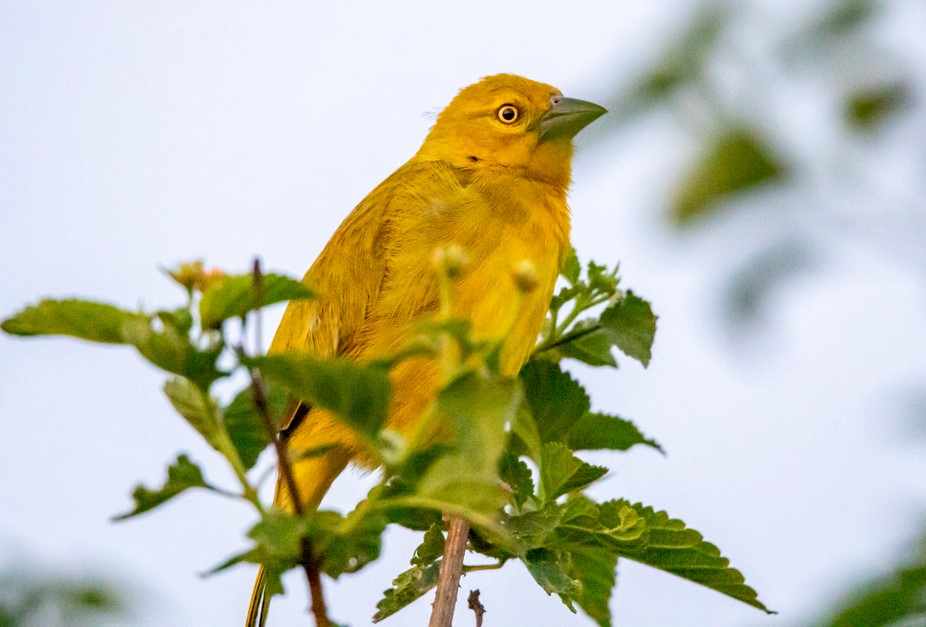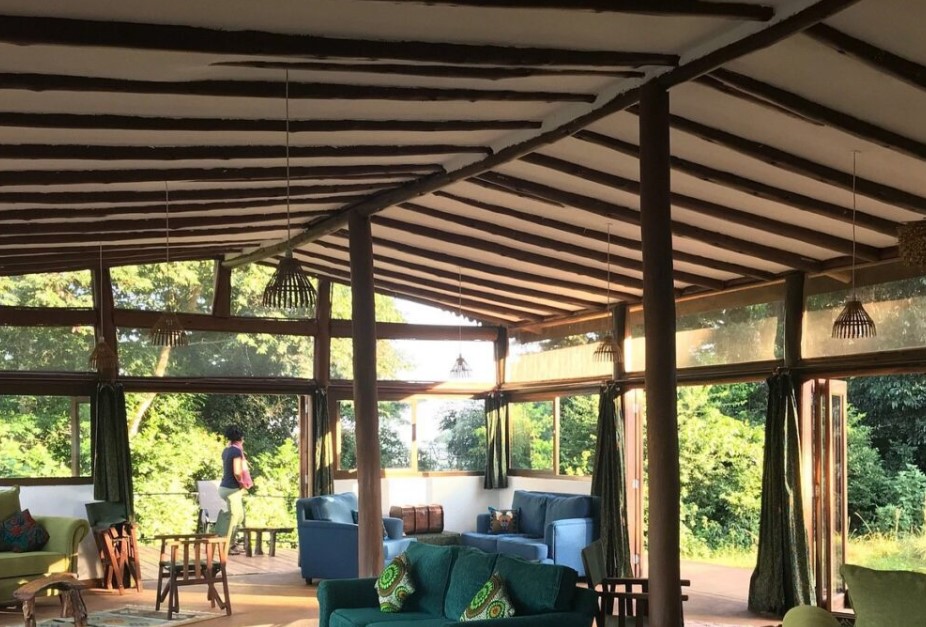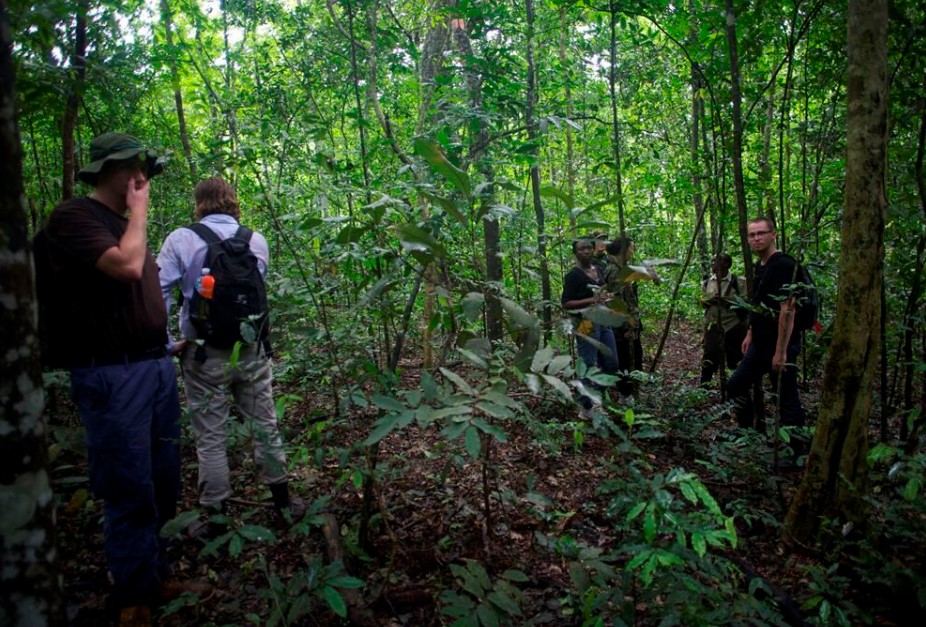
Banded Mongoose of Queen Elizabeth Park
For travelers interested in tracking mongooses in East Africa, Uganda is a must-visit for banded mongoose of Queen Elizabeth Park which is the best, found in the districts of Kasese, Kamwenge, Rubirizi, and Rukungiri in western Uganda. The park features savannah vegetation that hosts 600 bird species, 10 primate species, and 95 animal species. Queen Elizabeth National Park is famous for its tree-climbing lions in the Ishasha sector and the Kazinga Channel that connects Lake Edward and Lake George. Additionally, the recent sighting of banded mongooses adds to its appeal. Overall, Queen Elizabeth National Park is the top spot for tracking banded mongooses in East Africa.
The banded mongoose is a small mammal in Africa’s savanna and grassland regions. They weigh between 2 to 3 kg and can grow to a length of 3 to 45 cm. Their tails are the longest part of their body, measuring 15 to 30 m. Banded mongooses have large heads, long tails, short ears, and strong claws that help them dig into the ground. They belong to a species that thrives specifically in these open habitats, utilizing their physical features for survival.
Banded Mongoose trekking in Queen Elizabeth National Park
Visitors to Queen Elizabeth National Park can enjoy mongoose trekking, which is an exciting activity. The Mweya Peninsula, located between the Kazinga Channel and Lake Edward, is the starting point for this adventure. This area is suitable for mongooses as it has savannah grassland and is close to water bodies. Tourists look for these small cats, which weigh about 2 to 3 kilograms while exploring the park. Mongoose trekking offers a unique opportunity to observe these animals in their natural habitat.
Tracking banded mongooses involves nature walks where visitors can see these small animals. The walks are led by researchers and armed ranger guides who know where to look for them. In Queen Elizabeth National Park, locating banded mongooses is important as search teams use locator devices to find various groups. Tourists explore areas on foot to observe the mongooses in their natural habitat during this unique tracking experience.
Queen Elizabeth National Park has more than 20 groups of banded mongooses. Each group is explored by four people, along with researchers and armed ranger guides. Before starting, trekkers receive a briefing on the rules and regulations. They then spend one to three hours searching for mongooses in the jungle while being guided by the rangers. The experience combines wildlife observation with safety measures to ensure a secure and informative trek.
Tracking mongooses provides valuable insights. Banded mongooses live in groups of 20 to 70 and stay together in underground dens or tunnels, often found in abandoned termite mounds, which they change every 3 to 5 days. They eat a diverse diet that includes fallen fruits, birds, grasshoppers, earthworms, ants, termites, eggs, frogs, centipedes, and crickets. Overall, studying these animals reveals important information about their social behavior and eating habits.
Activities in Queen Elizabeth National Park, such as mongoose trekking, can be paired with other activities such as game drives, chimpanzee trekking in Kyambura Gorge, boat cruises on Kazinga Channel, lion tracking, bird watching, nature walks, and community visits. Participating in two or more of these activities will enhance your enjoyment and provide the best experience during your Uganda safari. Make sure to explore at least two activities for a memorable visit.
Cost of tracking banded mongoose in Queen Elizabeth National Park
To join the banded mongoose trek, participants need a permit, which serves as a ticket. The Uganda Wildlife Authority or park headquarters issues these permits for different fees: $30 for foreign non-residents, $25 for foreign residents, and UGX30,000 for East African citizens. Permits can be booked in advance or obtained at the park the day before the trek. Having a permit is essential to take part in the mongoose trekking activity.
What is the best time to visit the park for mongoose tracking
Queen Elizabeth National Park is open all year for visitors, but some months are better for activities. The best time to visit and trek the banded mongoose is during the dry months from June to September and December to February. During these times, there is little to no rainfall, which keeps the trails dry and easy to navigate. The vegetation is also short and sparse, making it easier to see the small mammals. Additionally, the roads to the park remain accessible during these dry months.
Visitors can still visit Queen Elizabeth National Park during the rainy seasons of March to May and October to November. They can still participate in walking band-eared mongooses. However, the experience may not be enjoyable due to constant rain, muddy and slippery paths, tall vegetation that blocks views, and difficult roads to the park. While the park remains open, the challenges caused by weather conditions make the trekking experience less than ideal.
How to access Queen Elizabeth National Park for Mongoose Trekking
Mongoose trekking and other activities in Queen Elizabeth National Park can be reached by car or plane. The fastest way is by plane, taking about one hour and fifteen minutes. Flights to the park are available from Kajjansi or Entebbe International Airport to Mweya airstrip within the park. Aerolink Uganda and Bar Aviation Uganda offer these flights twice a day during the rainy season and three times a day in the dry season. Both road and air transportation options are available to access the park for activities.
Visitors can choose between two roads from Kampala/Entebbe to reach Queen Elizabeth National Park for mongoose trekking. One route goes through Masaka, Mbarara, Bushenyi, Rubirizi, and Kasese, while the other passes through Mubende, Kyenjojo, Fort Portal, and Kasese. Both routes take about seven to eight hours and offer beautiful views of attractions along the way.
Accommodation
Visitors to Queen Elizabeth National Park can find a place to stay regardless of their budget. There are options ranging from budget to mid-range to luxury accommodations. Some of the lodges available include Elephant Plains, Mweya Safari Lodge, Ishasha Wilderness Camp, Ishasha Bandas, Elephant Hub Lodge, Jacana Safari Lodge, Enjojo Lodge, Kyambura Gorge Lodge, Katara Lodge, Pumba Safari Cottages, Park View Safari Lodge, among others.







